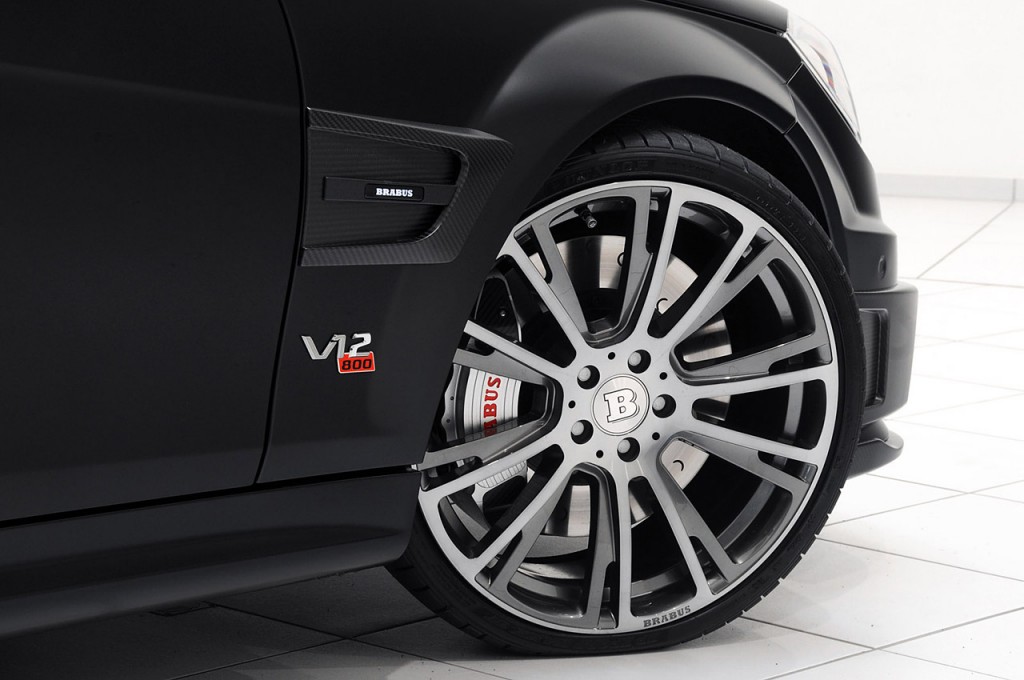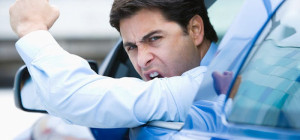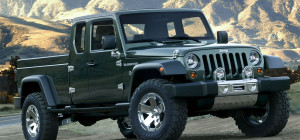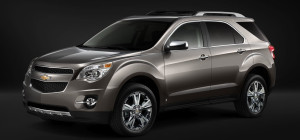 I'm sure it's no surprise to you that snow and ice can cause a few problems. Whether it's school closures, slips and falls or dead plants, the biggest inconvenience caused by snow is dangerous driving conditions.
I'm sure it's no surprise to you that snow and ice can cause a few problems. Whether it's school closures, slips and falls or dead plants, the biggest inconvenience caused by snow is dangerous driving conditions.
Snow and ice can be seriously dangerous and when they do occur, most of forego driving altogether following numerous warnings from the met office. However, if you have to drive, you need to be fully prepared, so here are a few tips for driving in the snow.
Before you set off, be sure that you have cleared all the snow from the windows, lights and, the place some people forget, the roof-you don’t want to brake and cause a blanket of snow from the roof to fall forward on to the windscreen.
Obviously, go slow when driving on snow and ice to maintain traction, because they can cause hydroplaning.
After a while you may be able to gain a reasonable amount of speed in the snow, but what really matters is your ability to stop. Try not to accelerate or brake suddenly as this makes you lose traction and, therefore, lose control.
Due to (slightly) warmer weather in the day and freezing temperatures at night, road conditions change throughout the day. There could be a huge pile of snow that melts during the day, however that water could then freeze to form ice overnight.
When taking corners in icy conditions, try not to touch the brakes. Applying the brakes reduces the front tyres' ability to track, therefore slow down sufficiently in advance so you don't have to use the brakes if possible.
Try to resist slamming down the accelerator at tough spots, because by wheel spinning you are creating your own ice. Go slow and use gentle acceleration, your tyres will then be able to maintain their grip.
Remember that in snowy and icy conditions, you require a stopping distance that is 10 times that of a dry road - that means you should have a 10 second gap between you and the car in front.
Try not to let your tyre tread depth fall below 3mm because their performance starts to decline. Especially in Winter, you need a good set of tyres in order to increase the chance of a safe journey.
Driving in snow can be stressful, you don't want the added stress of being late. Make sure you set out earlier than you normally would because you will need to take your time. Maybe even consider car sharing..?
Carl had accident in the snow and ice and was left without a car, he took up a personal leasing contract for the winter from http://www.ukcarcontracts.co.uk.







